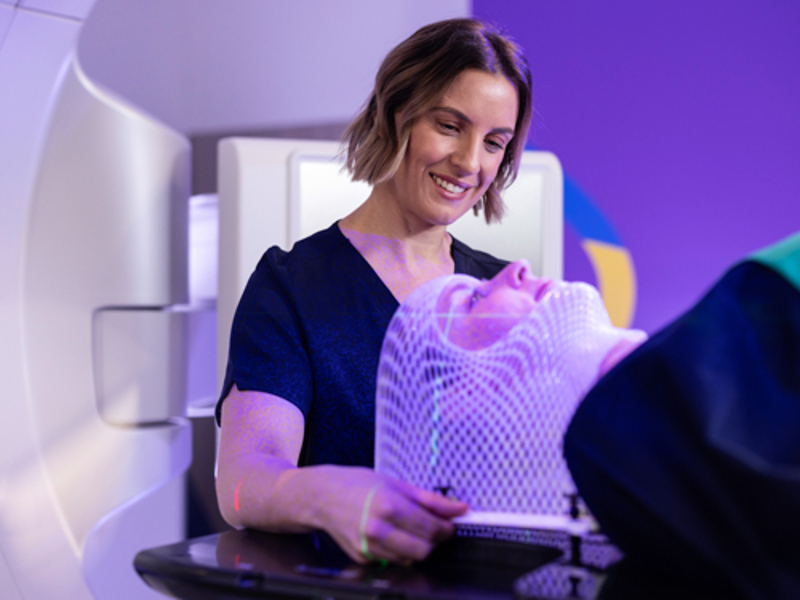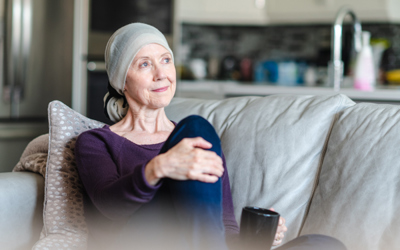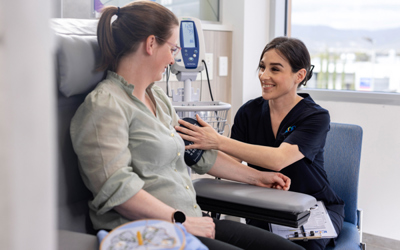Quick facts about acute lymphoblastic leukaemia
Acute lymphoblastic leukaemia (ALL) is a form of acute leukaemia which develops when the bone marrow produces immature blood cells that do not mature and progress rapidly
The immature lymphoid cells are called lymphoblasts. These cells normally develop into lymphocytes, such as B-cells and T-cells, which fight infection
ALL primarily affects Australians under the age of 15 and is most common in children under four years of age
Each year approximately 440 Australians are diagnosed with ALL.
Types of acute lymphoblastic leukaemia
There are different subtypes of ALL, which are defined based on the type of lymphocyte affected; either B-cell ALL or T-cell ALL. The World Health Organisation’s (WHO) classification system is used to classify ALL into subtypes. The three different types of ALL are:
-
Pre-B cell ALL
This type of ALL is defined when early stage development of leukaemia is found in the bone marrow. Pre-B cell ALL is most common in adults.
-
B-cell ALL
If leukaemia is classified as B-cell ALL, this means the disease has been found in developed or more mature lymphoid cells. This is most common in young adults.
-
T-cell ALL
T-cell ALL is classified based on the presence of leukaemia in developing T-cells and is a less common diagnosis.
Signs and symptoms of acute lymphoblastic leukaemia
As signs and symptoms for ALL can be similar to other common conditions, it’s important to see your GP or healthcare professional if you experience any of the symptoms below. Discussing anything concerning as soon as possible can help give you peace of mind and offer the best chance of successful treatment if you receive an ALL diagnosis.
Symptoms may include:

Tiredness

Night sweats

Aches and pain in the bones due to cancerous cells in the bone marrow

Unexplained weight loss or loss of appetite

Pain in the chest, coughing and/or trouble breathing

Swollen, painless lymph nodes under the arms, neck or groin

Enlarged stomach due to swollen lymph nodes or spleen

Anaemia due to lack of red blood cells

Increased bleeding and bruising
Stages of acute lymphoblastic leukaemia
The traditional cancer staging system is not used to stage ALL. Instead, the subtypes of ALL help define what your cancer looks like based on laboratory testing (including genetic testing) and the classification systems.
Treatment for acute lymphoblastic leukaemia
There are many different types of treatment for acute lymphoblastic leukaemia. Your treatment will depend on you and your cancer.





